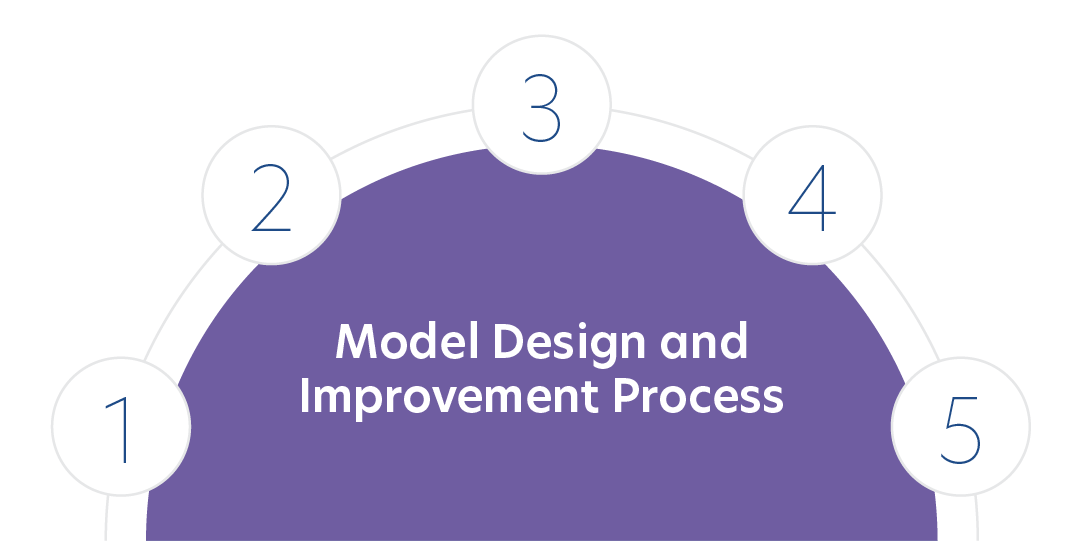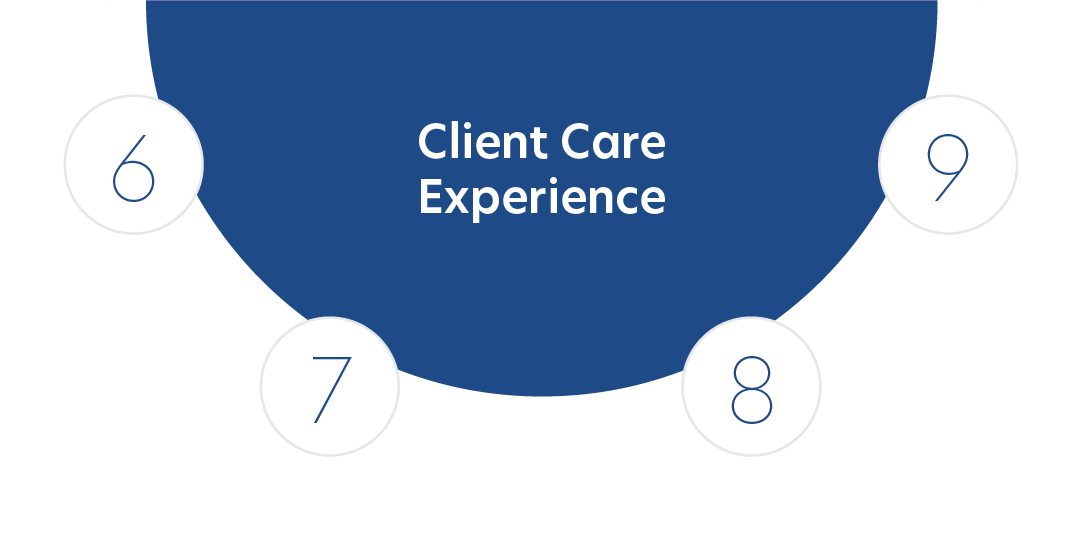How We Work

Co-design means we customize what your community needs
Working in collaboration with organizations, providers and the community being served we help you reshape your current mental health and addiction programs and expand your range of strength-based care options.
These options include formal and informal services such as traditional interventions, innovative e-mental health programming, peer support, upstream early intervention and mental health promotion. This creates an integrated and equitable system of care that fosters wellness and resilience in your community.
Guided by our principles
Our principles truly come to life in the delivery of our methodology and the way we engage our partners in transforming mental health across the globe. Rooted in concepts of social justice, autonomy, open access, co-design and recovery oriented practices, our principles guide the work we do, the systems we co-create and the ways in which we interact with each other, our clients and the world.

Implementing the SC2.0 model
To guide implementation, we draw upon multiple fields, including psychology, social work, medicine, public health, implementation science, technology, quality improvement and change management. We apply best practices purposely to bring impactful, systematic and sustainable change.
Although SC2.0 may look different in different communities, successful implementation involves nine core components (not to be confused with the nine steps of care programming).
Core components are considered key ingredients that directly contribute to the effectiveness of implementation. Each SC2.0 core component has practice standards to support the implementation and evaluation of the model in your community. However, implementation remains flexible, contextualized to local culture, history, resources and needs.
Core components of the SC2.0 model
Core component 1
Key stakeholders are engaged throughout the co-design process
Core component 2
Services populating the model align to a variety of step levels, reflect various intensities and include both formal and informal services
Core component 3
Risk management is evidence informed, distributed and effectively addresses stigma inherent in the dominant risk paradigm
Core component 4
Continuous service improvement is achieved through ongoing monitoring and improvement cycles
Core component 5
Recovery-oriented practice is demonstrated clearly and consistently


Core component 6
Clients have same day access to multiple levels of care
Core component 7
Treatment is guided by single-session thinking
Core component 8
Treatment planning is flexible and responsive by strategically reviewing client data and making data-informed adjustments as needed
Core component 9
Treatment planning is client-centric
Four phases of implementation.
Although we present a phased process, implementing a complex system change such as SC2.0 is not linear and often requires circling back to previous stages. This process aligns well with the SC2.0 principle of continuous improvement.
Phase 1:
Building readiness
- Assemble implementation team
- Engage key stakeholders
- Host Phase 1 training
- Host internal discussions
- Complete foundational tasks
Phase 2:
Preparing for success
- Populate the service model
- Host Phase 2 training
- Develop evaluation framework
Phase 3:
Starting to implement
- Offer services on a small scale
- Collect and review data
- Facilitate improvement cycles
- Ongoing communication with all stakeholders
Phase 4:
Ongoing implementation and improvements
- Expand services and continue improving
